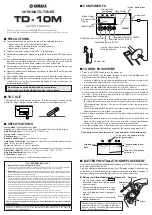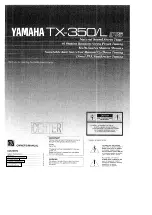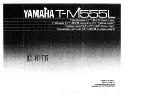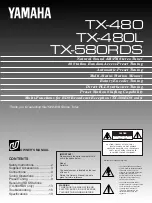
OBID i-scan
®
Montage / Installation
ID ISC.MAT-B
FEIG ELECTRONIC GmbH
Page 14 of 19
M70101-0e-ID-B.doc
6.4 Tuning the antenna
At the start of a tuning process you must first know the inductance of the antenna conductor. The
inductance can be determined using Fig. 9. It is also possible to use an appropriate impedance
meter or an analyzer to measure the inductance. The inductance value of the antenna should not
lie outside the limits indicated in the Technical Data. Tab. 3 uses examples to show in which range
the compensating capacitors should lie for various inductance values. The figures refer to a
conductor of 1.8 cm diameter (copper tube) and a series resistance R
series
of 3 Ohms.
Following are 3 examples:
Tab. 3: Inductance and compensation capacitors for 3 square antennas
s [cm]
L
P
[nH]
C
1/1
= C
1,2
[pF]
C
2
[pF]
30
700
52
157
70
1900
15
47
90
2200
12.4
33.4
s : Side length of the square
With the help of Fig. 11 you can set the jumpers for headers J1, J2 for capacitors C
1/1
and C
1/2
as
well as Jumper J3 for capacitor C
2
on the circuit board. By setting several jumpers on J1 J2 and J3
you can arrive at the necessary capacitance value. If the particular value cannot be achieved, use
the next possible value.
Fig. 11: Configurable capacitances on the circuit board
J3=C2
X2
J1=C1/1
J2=C1/2
R1
1Ohm
R2
2 Ohm
X3
Pin 1
Pin 1
Pin 1
7,
5
15
30
60
118pF
1
1,9
3,9
7,5
15
30
60
118
1
1,9
3,9
0,5 pF
J9
J10
J8
7,5
15
30
60
118
1 p
F
1,9
3,
9





































